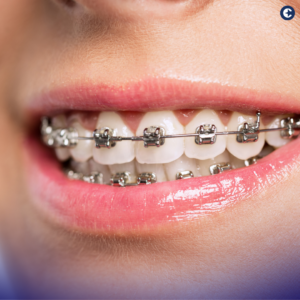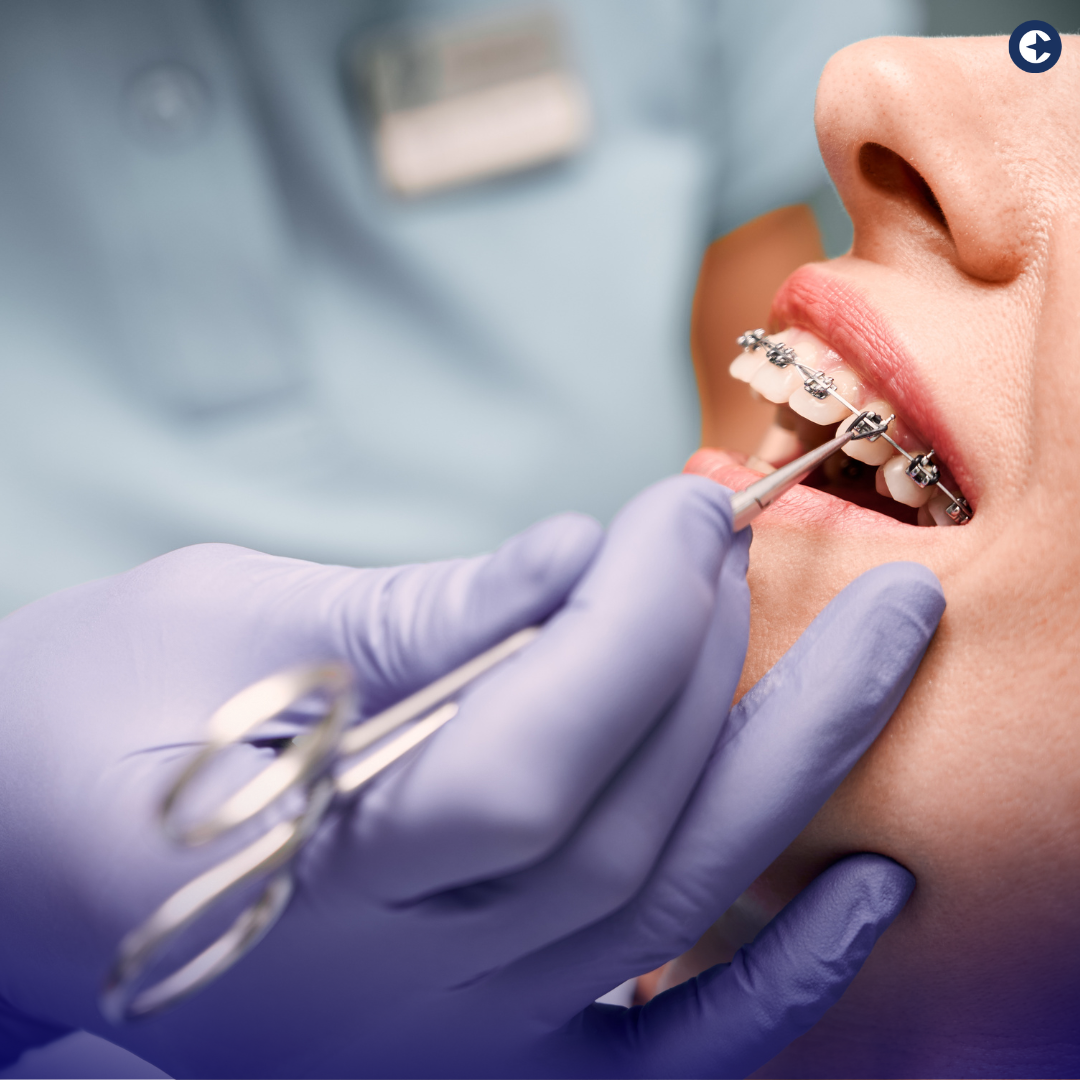Is the road to a perfect smile paved with insurance claims? Navigating the maze of dental insurance to understand coverage for braces can be as challenging as orthodontic treatment itself. Let’s demystify how dental insurance plans typically cover orthodontic care, including braces, to help you make informed decisions about your or your child’s orthodontic journey.
Main paragraphs:
Understanding Dental Insurance Coverage:
- Dental insurance is distinct from medical insurance and typically categorizes services into preventive, basic, and major, with orthodontic treatment often falling under the major category or having its own separate coverage.
- Coverage for braces is not universally guaranteed; it largely depends on your specific plan. Most plans that cover orthodontic care will cover a percentage of the cost, up to a lifetime maximum, rather than covering the service in full.
Eligibility and Limitations:
- Age Limits: Many plans set an age limit for orthodontic coverage, often covering children and teenagers but not adults. It’s crucial to check your policy for age restrictions.
- Lifetime Maximums: Orthodontic coverage typically comes with a lifetime maximum benefit. Once you hit this cap, you’re responsible for any additional costs out of pocket.
- Pre-existing Conditions: Some insurance plans may not cover orthodontic work if the treatment began before the policy was in effect.
Types of Braces Covered:
- Traditional metal braces are usually covered, but more expensive options like ceramic braces, lingual braces (behind the teeth), or clear aligners might only be partially covered or not at all. Plans often base coverage on the cost of traditional braces, leaving any additional cost for alternative treatments to the insured.
Navigating the Claims Process:
- Pre-approval: Before beginning treatment, obtaining pre-approval from your insurance provider can clarify the extent of coverage and out-of-pocket expenses.
- Payment Structure: Insurance companies typically do not pay for orthodontic treatment upfront. Instead, they disburse payments throughout the treatment duration, which can span several years.

Tips for Maximizing Your Coverage:
- Shop Around: If you have the option, shop for dental insurance plans that offer the best orthodontic coverage.
- Flexible Spending Accounts (FSAs) and Health Savings Accounts (HSAs): These accounts allow you to pay for eligible out-of-pocket expenses with pre-tax dollars, potentially saving you money.
- Secondary Insurance: If available, secondary dental insurance can help cover costs that your primary insurance does not, though coordination of benefits is necessary.
Conclusion:
While the path to achieving a perfect smile through braces can be complex, understanding your dental insurance coverage can make the journey smoother. By familiarizing yourself with your plan’s specifics regarding orthodontic care, preparing for the financial aspects, and exploring all available options to maximize coverage, you can make orthodontic treatment more accessible and affordable. Remember, a well-informed patient is a powerful one, so don’t hesitate to ask questions and seek clarity on your coverage before embarking on the orthodontic treatment process.
For more follow us on Instagram, Facebook, Twitter, & LinkedIn.



